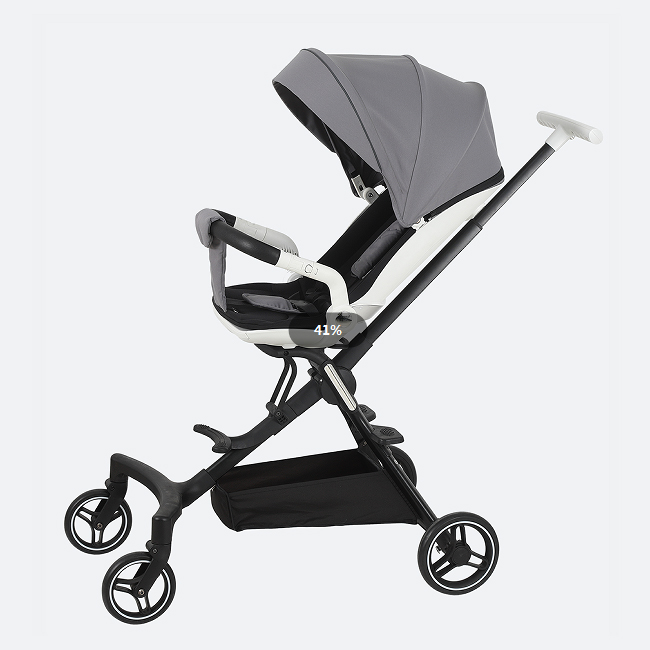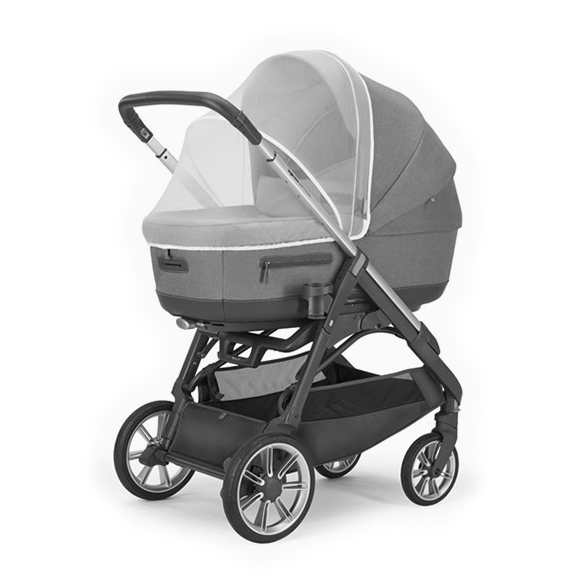A Guide to Maternity Pillow Selection and Use
Pregnancy is a unique physiological period, often accompanied by physical changes that can lead to lower back pain, limb edema, and difficulty sleeping. A well-chosen maternity pillow can significantly alleviate these discomforts by providing effective physical support, becoming an important tool for improving quality of life during pregnancy. This guide aims to provide professional and practical advice on selection and use.

Part 1: Scientific Selection of Maternity Pillows
When choosing a maternity pillow, consider its shape, size, filling, and fabric to match individual needs.
1. Shape Selection: Determined by Primary Needs
U-Shaped Pillow (Full-Body):
Characteristics: Provides comprehensive support for the head, back, abdomen, and legs simultaneously.
Advantages: Offers all-around support. The user can switch sides without frequent pillow adjustment, providing excellent stability and a sense of security.
Best For: Those who change positions frequently, experience significant back pain, or prefer a hugging sensation.
Considerations: Large size requires adequate bed space.
C or G-Shaped Pillow (Wrap-Around):
Characteristics: Shaped like the letters C or G, designed to wrap around the body.
Advantages: Provides support for the head, back, and knees, while being more space-efficient than U-shaped pillows. Offers good flexibility.
Best For: Most pregnant individuals seeking a balance between function and space saving.
J or L-Shaped Pillow (Side-Sleeping Focus):
Characteristics: Resembles the letters J or L.
Advantages: Simple design. The long edge supports the back and legs, while the short edge can be used under the head or between the knees. Highly flexible and minimizes disruption to a partner's sleep space.
Best For: Those with a relatively fixed sleeping position who primarily need abdominal and leg support.
Wedge Pillow (Targeted Support):
Characteristics: Small, triangular-shaped pillow.
Advantages: Highly versatile and portable. Can be used individually to support the belly, lower back, or elevate feet to reduce swelling. Can also be repurposed post-pregnancy as a nursing pillow or infant prop.
Best For: Those with milder discomfort or needing only targeted support; also serves as a useful supplement to larger pillows.
2. Size Considerations:
Choose based on bed size and user height. Ensure the pillow is long enough for comfortable leg extension and does not overly compromise bed space when in use.
3. Filling Material: Determines Support and Durability
Polyester Fiberfill: Cost-effective. Firmness and support depend on filling density. Opt for high-density, resilient options that are machine washable to prevent clumping over time.
Memory Foam: Contours closely to the body, distributing pressure evenly and providing excellent support. Typically heavier and often not machine washable; requires airing out and relies on a removable cover for cleanliness.
Microbeads: Offer superior moldability, conforming precisely to body shapes. May produce a slight rustling sound during use.
4. Fabric Selection: Prioritize Safety and Comfort
Body temperature is often higher during pregnancy. Prioritize breathable, moisture-wicking natural fabrics like cotton or Tencel. Ensure fabrics are certified safe by standards like OEKO-TEX Standard 100. A removable, washable cover is essential for maintaining hygiene.
Part 2: Effective Use of Maternity Pillows
Correct usage maximizes benefits.
1. Recommended Sleeping Position: Left Side-Lying
The left side-lying position is often medically recommended during pregnancy as it helps reduce pressure from the enlarging uterus on major blood vessels, optimizing blood flow to the placenta.
Usage Guidelines:
Rest your head comfortably on the pillow or your usual pillow.
Place the pillow under your abdomen to support its weight and alleviate pulling sensations.
Use the pillow against your back to prevent rolling onto your back during sleep.
Keep knees apart, roughly hip-width, with the top knee bent and resting on the pillow. This aligns the hips and reduces pressure on the joints and lower back.
2. Stage-Specific Usage Tips
Early & Mid-Pregnancy: Focus on prevention. Use for lumbar support or to acclimatize to sleeping with a pillow between the legs.
Late Pregnancy: This is when full-body pillows are most beneficial. Use consistently in the left side-lying position to manage significant physical strain.
3. Multifunctional Applications
The value of a maternity pillow extends beyond nighttime sleep.
Daytime Rest: Use for back or leg support while sitting or reclining on a sofa.
Office Naps: Create a comfortable resting spot during breaks.
Postpartum Use: Can be repurposed as a nursing pillow to position the baby at a comfortable height, reducing strain on the mother's arms and back.
Baby Care: Can serve as a soft prop for the infant during tummy time or supervised sitting.
Part 3: Important Considerations
The core principle is suitability, not price. Base your choice on your body type and sleep habits.
Check return policies. When shopping online, prioritize retailers with favorable return options.
Prepare in advance. Introduce the pillow during the mid-pregnancy before discomfort becomes significant for better adaptation.
Consider shared space. If opting for a large pillow, discuss it with your partner beforehand.
Conclusion
Selecting a suitable maternity pillow is a valuable investment. It is not only a practical tool for alleviating pregnancy discomforts but also crucial support for ensuring restorative rest. We hope this guide assists you in making an informed decision, helping you welcome your new arrival in a state of improved physical and mental well-being.






